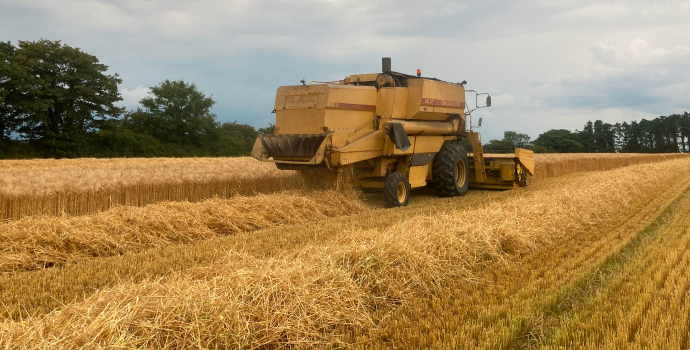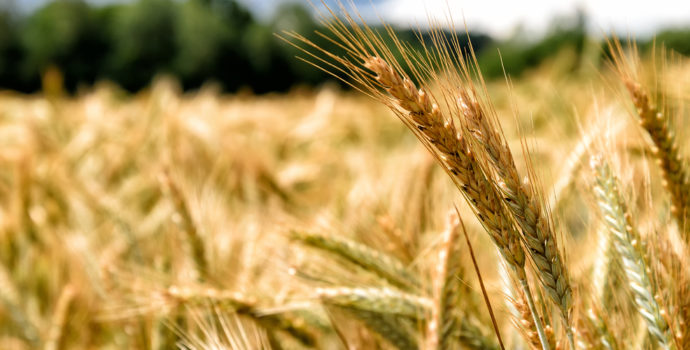
The spell of good weather has allowed farmers to make excellent progress on plantings of winter crops. Based on reports from around the country it would appear that most of the extra plantings will be attributed to barley. However it must be remembered that winter barley was back by over 8000 ha last year so we should see this area restored or perhaps regain the 74,000 ha level of 2016.
There has been no change in domestic grain prices from last week with the market remaining quiet. It appears that a lot of the main buyers did a lot of forward purchasing at the end of the summer as a hedge against a continuation of poor grass availability. Most of the buyers may not enter the market again until December.
The recent wet weather in the central US had slowed corn and soybean harvesting and flooded some newly planted winter wheat fields. This had provided a support to crop futures on international markets, however, wheat futures on the Chicago Board of Trade (CBOT) wheat fell to a one-week low today ahead of a monthly U.S. Department of Agriculture (USDA) report due on Thursday that is expected to show an increase in U.S. and global stocks. The wheat market will be watching for any revision to Russian production and a possible downgrade to Australia’s drought-hit crop.
Soybean futures also fell on expectations of a bumper U.S. crop and concerns about a protracted U.S.-China trade war that has already depressed demand for U.S. shipments. President’s Trump’s decision to end a ban on summer sales of gasoline with 15 percent ethanol helped to limit declines in corn. In theory this move should increase demand for the grain, and is seen as a political measure to reassure farmers hurt by the U.S.-China trade dispute and who have long sought relief for corn-based ethanol.
Brazil is on track to export a record $100 billion worth of agricultural products this year as demand for staple commodities like beef and soybeans from the South American country remain strong. The amount represents a 4.2 percent rise from last year and is slightly higher than the previous record of $99.97 billion in 2013.
On a positive note overall the grain future markets are generally trading within technical levels as most of the news from the 2018 harvest is built into prices and markets now await more news on world stocks and the potential for the 2019 harvest. French sources also report that their forecasts for wheat exports have increased. The Russians have less production from which to export this year and it is felt that exports from the country will reduce in the near future removing some of the competitive pressure from the wheat market.


